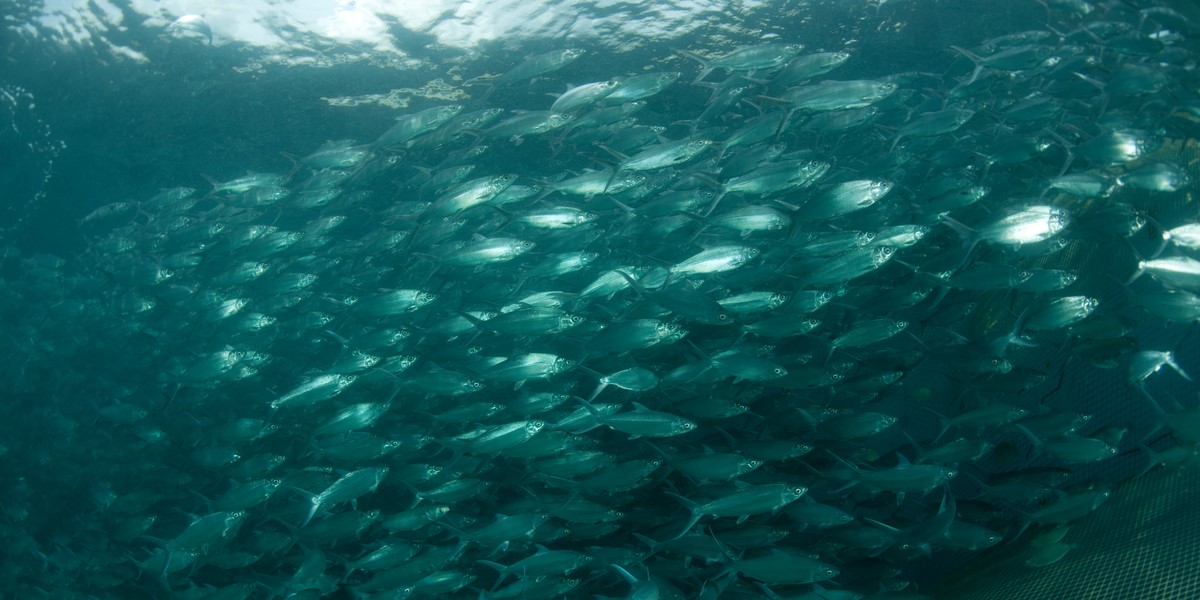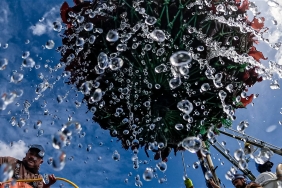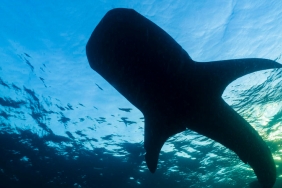TUNGGULSARI VILLAGE, A SMALL VILLAGE WITH GREAT POTENTIAL
By: Agis Riyani (Local Facilitator Aquaculture Improvement Program Java)
Tunggulsari Village, a village with a small area, is known as a village that produces milkfish from aquaculture activities. Traveling to the village, which takes one hour from Pati Regency, can be done using a medium-sized bus with a fare of Rp. 8000. The total area of Tunggulsari Village, which reaches 190 hectares, is almost 147 hectares covered with aquaculture areas. However, during the trip to Tunggulsari Village, we will be more spoiled by the view of green rice fields than the residents' aquaculture areas.
Most of the residents in Tunggulsari Village depend on milkfish farming. Since 1900 fish ponds can be found in Tunggulsari Village, however, it is known that residents only started fish farming in 1987 by forming a village aquaculture group as a means of discussion for the residents themselves.
According to local residents, the production of milkfish produced by farmers in Tunggulsari Village has increased from year to year. With the technical assistance of aquaculture conducted by WWF-Indonesia together with the Institute for Development Resource Assessment and Development (LPPSP) Semarang, the farmers hope to continue to increase milkfish production while maintaining the environment of the aquaculture area.
The assistance of milkfish farming activities includes technical facilities for measuring water quality, recording cultivation activities and group legality facilities that make Tunggulsari Village known as a milkfish producing village in Pati Regency. The initial visit, which began in 2015, was continued again in March to carry out activities to profile the Tunggulsari Village area and to finalize the Aquaculture Improvement Program (AIP) plan for milkfish farming.
Realizing Environmentally Friendly Fisheries in Tunggulsari Village
Actually, Tunggulsari Village has only one RW with five RTs consisting of 315 families and 217 houses. There are also not many public facilities in the village, where the villagers only have one village hall that is also used as a community health post. However, although Tunggulsari Village has limited public facilities, we can find great fishery potential with the milkfish farming area.
This fact can be proven by the milkfish farming activities that are carried out as a form of innovation from the farmers. Initially, residents in Tunggulsari Village cultivated tiger shrimp with a traditional system without feeding or unregistered fertilizers. Then along with the development of technology, farmers began to switch to cultivating tiger shrimp with a semi-intensive system. Unfortunately, at that time the farmers were faced with an attack of white spot disease in tiger shrimp, requiring farmers to switch to cultivating white shrimp. However, it turned out that the disease attacked the shrimp again, resulting in crop failure and losses.
This then became the reason for the need for aquaculture training assistance in Tunggulsari Village. The hope to introduce Tunggulsari Village as a potential milkfish farming village was also supported by many parties, such as the Fisheries Extension Officer, and the Pati Regency Marine Fisheries Department. And for the assistance provided, the farmers are committed to consistently improving environmentally friendly and responsible aquaculture in order to introduce sustainable fisheries practices in Pati Regency.





